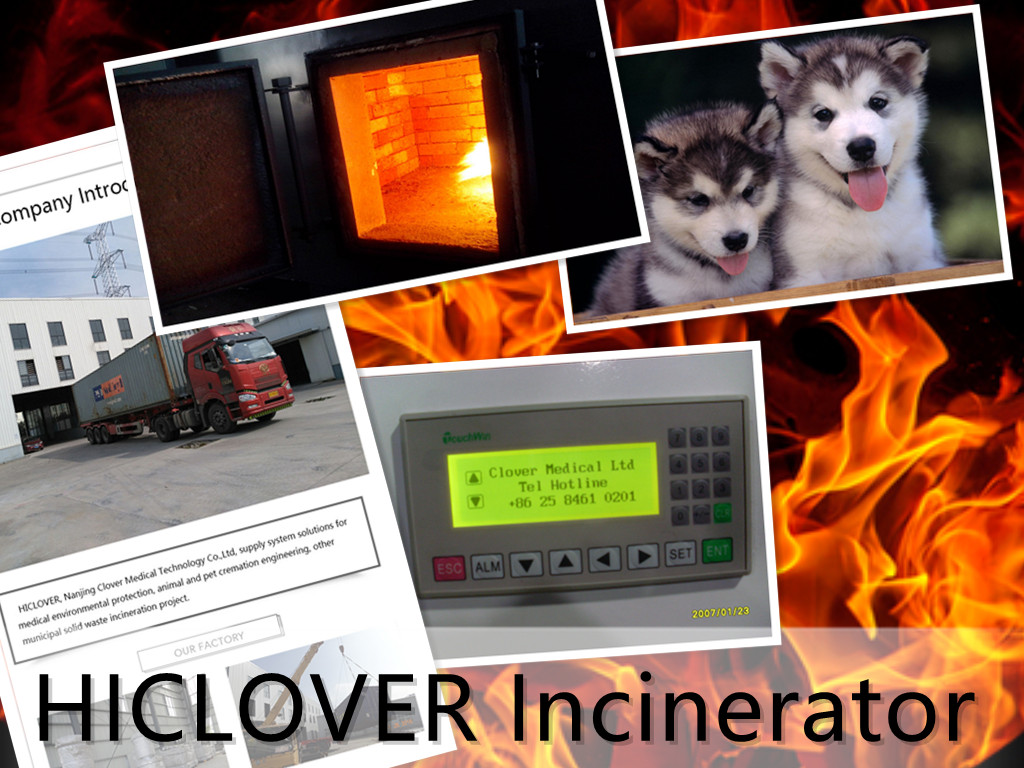Waste management is an increasingly challenging issue facing communities around the world. With population growth and urbanization, the amount of waste generated is on the rise, putting a strain on existing waste disposal methods. Incineration is a waste treatment method that is gaining attention as a solution to the growing waste problem. In this article, we will explore the process of incineration and its potential benefits in tackling the waste problem.
Incineration is the process of burning waste materials at high temperatures until they are reduced to ash. The heat generated from the incineration process can be used to produce electricity, making it a form of waste-to-energy technology. This means that waste materials are not only being safely disposed of, but are also being used to create a valuable energy source.
One of the key benefits of incineration is its ability to drastically reduce the volume of waste. By burning waste at high temperatures, the volume of the original waste is reduced by up to 90 percent, significantly reducing the amount of space required for waste storage. This can be particularly beneficial in densely populated urban areas where land for waste disposal is limited.
Furthermore, incineration can help to reduce the environmental impact of waste disposal. When waste is burned at high temperatures, harmful pollutants are destroyed, preventing them from leaching into the soil and water. Modern incineration facilities are equipped with advanced air pollution control technologies to minimize emissions of pollutants such as dioxins, furans, and heavy metals. This ensures that the process is carried out in an environmentally responsible manner.
In addition to its waste management benefits, incineration also has the potential to generate renewable energy. The heat produced during the incineration process can be used to produce electricity, which can be used to power homes and businesses. This not only reduces the reliance on non-renewable energy sources, but also provides a sustainable way to manage waste.
However, it is important to note that incineration is not without its challenges. Critics of incineration argue that it can lead to the release of greenhouse gases and other air pollutants, and that it may discourage recycling and waste reduction efforts. It is also important to ensure that proper waste segregation and treatment methods are in place to prevent the incineration of potentially hazardous materials.
Overall, incineration has the potential to play a key role in tackling the waste problem. By reducing the volume of waste, minimizing environmental impact, and generating renewable energy, incineration can offer a sustainable and efficient waste management solution. However, it is important to implement effective regulations and controls to ensure that the process is carried out in an environmentally responsible manner. With careful planning and management, incineration can be a valuable tool in addressing the challenges of waste management in the 21st century.



